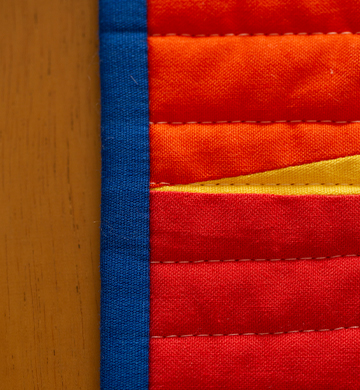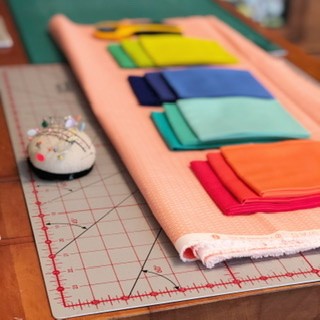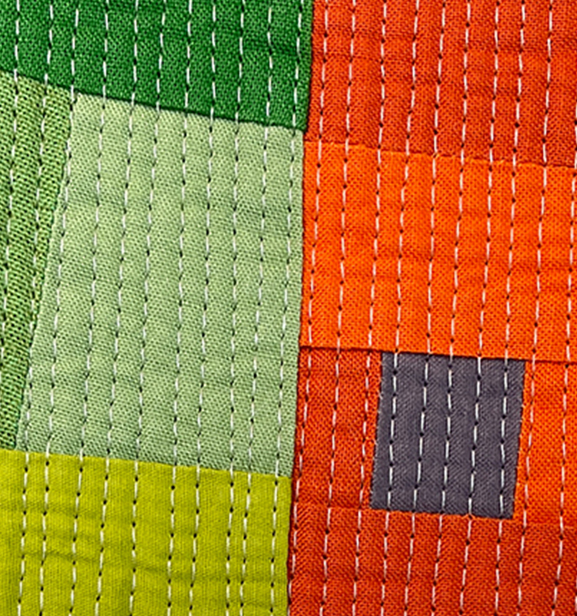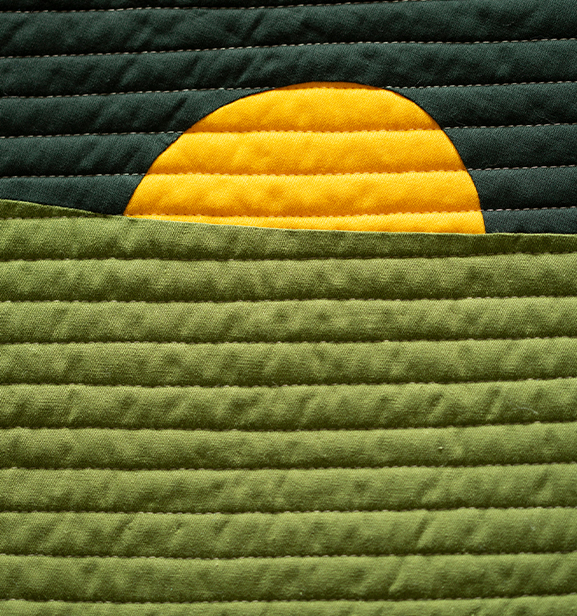Are you looking to improve your quilt designs? One of the key elements that can elevate your quilt creativity from ordinary to extraordinary is contrast. Contrast adds depth, visual interest, and dynamism to your quilt design, making it stand out and capture the viewer’s attention.
Learning more about contrast will help you to create striking quilts that are vibrant works of art. We’ll discuss several ways you can incorporate contrast into your quilts, creating a more captivating design whether you’re a beginner or an experienced quilter looking to sharpen your design skills.
What Is Contrast in Quilting?
Contrast in quilting refers to the juxtaposition of different elements, such as colors, patterns, and textures, to create visual interest and highlight specific aspects of a quilt. Creativity through the use of these elements is the best way to create a stunning functional art piece. You’ll need to understand these various types of contrast techniques so that you can create a piece that stands out.


How Can You Achieve Contrast in Your Quilts?
One of the most visually apparent ways to create contrast is through the use of color. To create your quilt design, you’ll choose between complementary or opposing colors on the color wheel. For example, if you want to create color contrast in your quilt, you may want to pair warm colors (red, yellow, orange) with cool colors (blue and green).
Additionally, you’ll also want to consider value contrast when choosing fabric colors. Value refers to the lightness or darkness of a color. Using fabrics with high contrast in value can create strong visual separation and highlight specific areas of the quilt. If you’re looking to create a bold quilt, you may want to try using a color-blocking technique. To practice this technique, divide your quilt into distinct color blocks or sections, each featuring different color combinations or values.
Another important aspect of the quilt you should consider is texture. Mixing different textures, such as smooth cotton and textured wool, can create interesting contrasts in your quilt. The varying types of fabrics can make your quilt visually stunning.
Quilters looking to create contrast within their work should also consider the pattern design of the fabric. Combining different patterns, such as stripes, florals, and geometrics, can create a visually dynamic quilt. Additionally, mixing large and small-scale patterns can add excitement and depth. Fussy cutting is a technique that you may want to consider if you’re interested in mixing patterns. To follow this method, select specific motifs from patterned fabrics and strategically place them to create contrast and focal points within your quilt.
- If you’re looking to boost your quilt creativity, using contrast is a powerful technique that can elevate your projects to new heights. By skillfully incorporating elements like color, value, texture, pattern, and scale contrast, you can add depth, interest, and visual appeal to your quilts. Check out our workshops to see how to improve quilt creativity for more striking designs.








